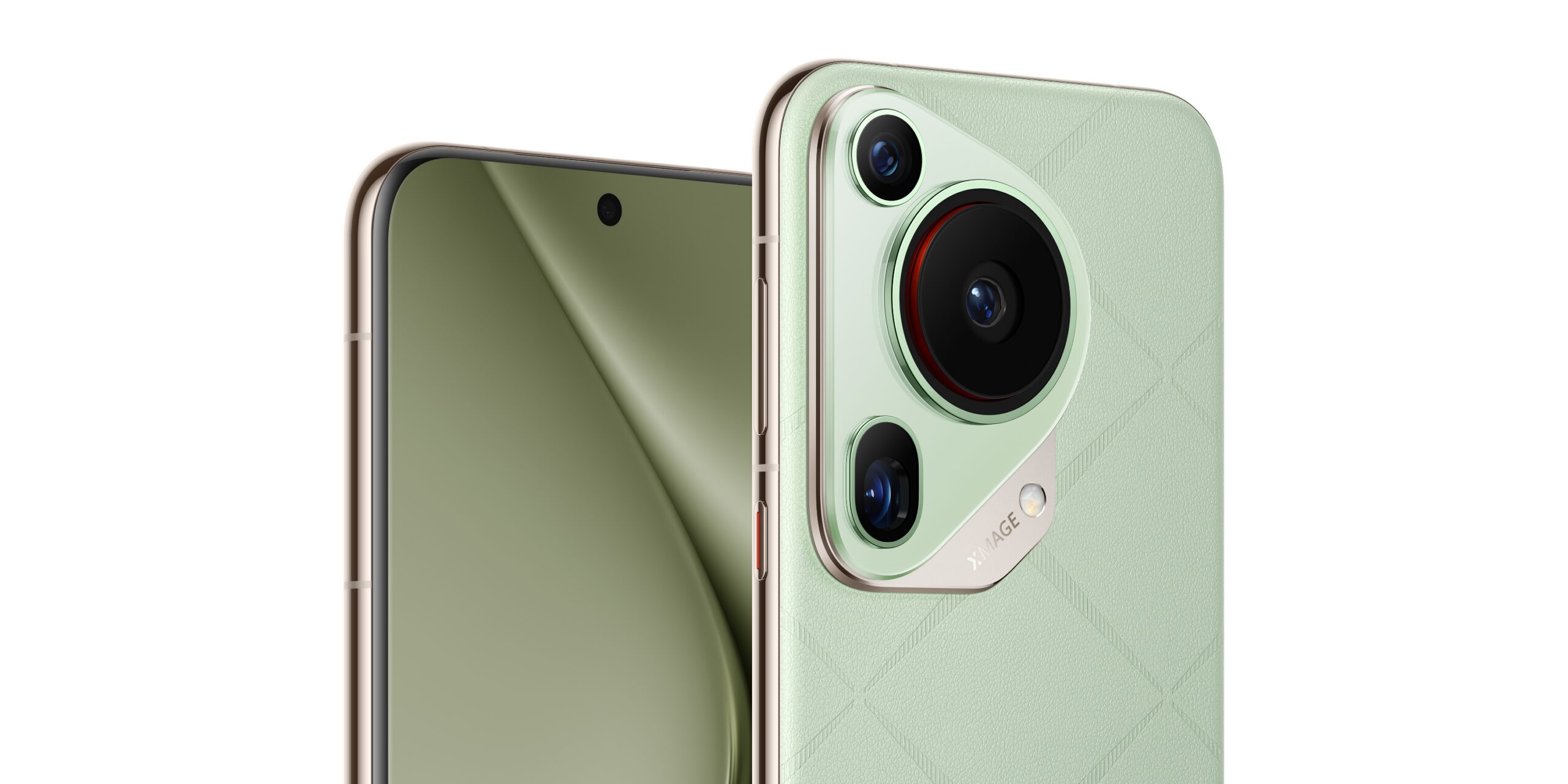We go hands-on with the Zenfone 3!
We’re on the ground here in Taipei, Taiwan for ASUS’ Zenvolution event and COMPUTEX coverage, and just as expected, the company unveiled the newest iteration of their Zenfone lineup, the Zenfone 3. As before, there are multiple SKUs that will be available, from the top-end Snapdragon 820-equipped Zenfone 3 Deluxe, to the monstrously large Zenfone 3 Ultra. Today, we’ll be taking a look at the variant that will undoubtedly be the best selling of the bunch: the Zenfone 3.
ASUS Zenfone 3 specs:
- Qualcomm Snapdragon 625 processor
- 3GB/4GB RAM
- 5.2-inch/5.5-inch full HD IPS display, Corning Gorilla Glass protection, 2.5D glass, 1920 x 1080 resolution
- 32GB/64GB of expandable storage
- 16-megapixel rear camera, Sony IMX298 sensor, f/2.0 aperture, 4-axis OIS, 3-axis EIS, 6 element largan lens, laser AF, phase detection AF, continous focus
- 8-megapixel front camera, f/2.0 aperture
- 3G, LTE
- Dual-SIM
- WiFi, Bluetooth, GPS, A-GPS, Fingerprint scanner, USB Type-C
- Android 6.0 Marshmallow
- 2600mAh/3000mAh battery
Initial Impressions: the best looking Zenfone ever
While ASUS’ Zenfone 2 was one of the best bang-for-the-buck phones in its price category when it launched (as long as you didn’t mind getting burned once in a while), it wasn’t what you’d call a pretty phone. This year, everybody and their dog are coming out with phones that have a metal body, or at the very least a metal frame, so it was only natural that ASUS went the same route.

With metal being almost as common as plastic on phones nowadays, how do you distinguish your product? For ASUS, that meant hiding unsightly antenna lines and infusing their own distinctive concentric design on the back.

And in a way, it works. The Zenfone 3 does look quite different than the other phones in the market today, and it’s surprising to see how big of an improvement there is on a phone when you can’t see the antenna lines. The back of the phone isn’t curved, so it feels a little weird to hold in the hands, if you’re not used to a phone as thin as the 7.69mm Zenfone 3. It feels a little like the Samsung Galaxy A7, in a way.

The phone will be available in two variations – a 5.2-inch full HD IPS model, and a slightly bigger 5.5-inch model. The difference of the two versions are minor, and boil down to battery (2600mAh on the 5.2-inch variant, over the 3000mAh on the 5.5-inch one), RAM (3GB on the 5.2-inch variant, over 4GB on the 5.5-inch one) and storage (32GB on the 5.2-inch variant, over the 5.5-inch one). Other than that, the hardware stays the same – fingerprint scanner, hi-res audio and USB Type-C for fast charging.

ASUS has also improved the camera experience on the Zenfone 3, which was another major pain point in the original model. The Zenfone 3 now sports a 16-megapixel rear camera with a Sony IMX sensor, which now has a host of new tech – 4-axis OIS, 3-axis EIS, 6 element largan lens, laser AF, phase detection AF, continous focus and 4K video recording, as well as color correction (it has an RGB sensor) and a dual-tone LED flash.

Inside beats Qualcomm’s new Snapdragon 625 processor with an Adreno 506 GPU. We didn’t have the time to install games on the phone since we had limited time with it, but from our brief time with the phone we could see that it was relatively quick. ASUS has put in a new version of their ZenUI on the phone, which may be a good or bad thing, depending on where you stand with ZenUI.

That’s pretty much it for our hands-on. ASUS has pegged the price of the Zenfone 3 at $249, which comes out at around 11.6K, but that’s for the 5.2-inch, 3GB, 64GB version. The bigger 5.5-inch version has no price as of yet, obviously it’ll retail a little bit higher when it arrives sometime in the next few months.







